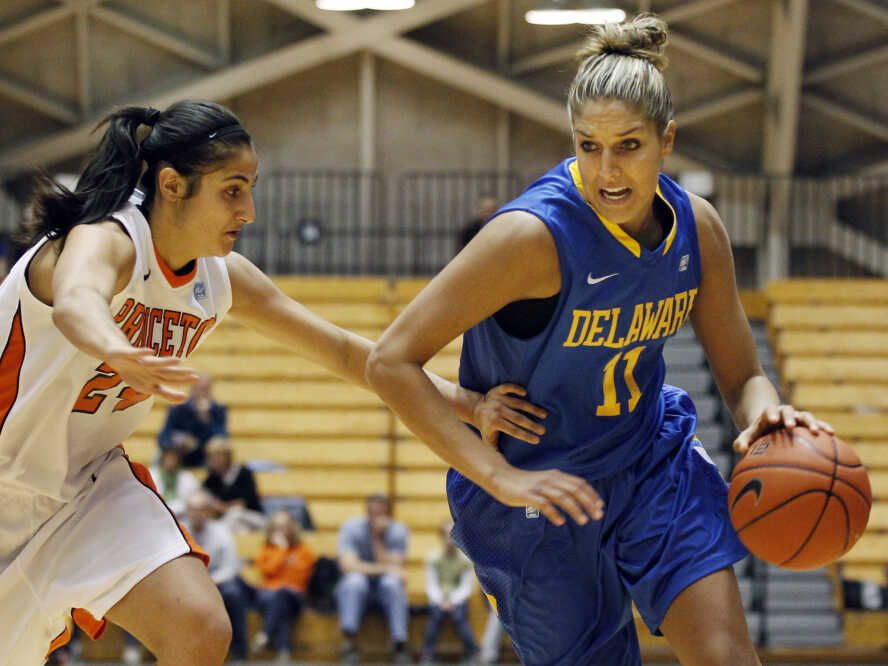
Fred Oliver is a name that you may have heard about if any of you have been closely following soccer's development in America. A Pawtucket Free Wanderers native, Fred Oliver was a centerback, forward, and defender. This is a unique moment in American soccer history. For the first time, African Americans played in a senior league. His career began in a bolt factory, but he was a star for the team's name, which earned him a spot in the first edition of the World Cup.
African Americans have played in a senior league
The United States has an extensive soccer history. But, not much is known. Unfortunately, the leagues lack the ability to document this history. To uncover these stories, sports historical societies were created. The Society for American Soccer History recently published an article about the first African American soccer player. This report, Fred Watson (and Oliver Watson), outlines the most prominent African American soccer players in the United States.

While the game is diversifying, it remains a problem that there is not enough representation at the top. Only 1.6 percent of soccer executives are black. Burton Albion and Salford City, which are both low-profile English third/fourth tiers, are the Black owners of professional football clubs. Black ownership is partially responsible for the shortage of Black managers or coaches. However, the Society aims to remedy this situation by creating a platform that allows African American players.
In the 1980s, the NASL was in decline
The NASL struggled to stay competitive as the 1980s approached. The league fell because of overexpansion and disputes between the players' union. At the same time, unemployment had reached 10.8%, the highest level since World War II. The owners tried to cut costs and it was obvious that the league had been losing money. In 1982, the league was on the brink of collapse.
The league's financial woes began to affect its clubs. The league had just 18 teams in 1977 and most owners were spending 70% or more on salaries. Due to the NASL's financial difficulties, many owners dropped weaker teams and continued with six teams. In 1978, there were 24 league teams. However, that wasn't enough to keep up the growing league.
The U.S. enjoyed a great 1986 World Cup.
The U.S. team did not win the World Cup, but its success was evident from the beginning. The U.S. soccer team had a greater attendance than any other time in its history. The U.S. beat Yugoslavia, 4-2, in the Rose Bowl's opening round. This was in front of 97.451 people. The semifinals were won by Brazil 2-1 against Italy in front of 83 642 Stanford crowd.

The United States qualified to the World Cup on the basis of its performance in the qualifying phase. The Americans fired Jurgen Klinsmann after a slow qualifying campaign and hired Bruce Arena again, who won three out of eight qualifiers. Sunil Gulati, president of U.S. soccer, stated that the U.S. had set a goal for the qualification campaign.